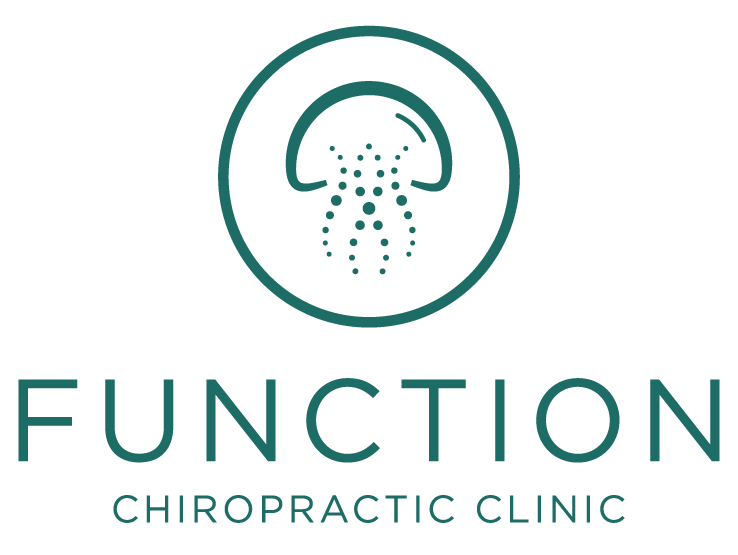What is Cupping?
How does Cupping help muscle pain?
17/01/2025 By Brandon Booty
(Approx 1-2 minute read)
Cupping Background:
Cupping therapy, an ancient practice with roots in traditional Chinese and Middle Eastern medicine, has been gaining popularity in recent years. Athletes, wellness enthusiasts, and even everyday individuals are embracing it for its potential health benefits. But what exactly is cupping, and how can it help your body?
What Is Cupping?
Cupping is a therapeutic technique that uses suction to improve circulation and promote healing. During a session, a therapist places cups—typically made of glass, silicone, or bamboo—on the skin. These cups create a vacuum, either through heat or mechanical suction, which gently pulls the skin upward. This process increases blood and lymph flow through the targeted area, relaxes muscles, and helps the body release toxins.
The suction created by the cups stimulates blood flow to the area, which can speed up the body’s natural healing processes. This increased circulation helps deliver oxygen and nutrients to tissues while flushing out waste products. Additionally, cupping activates the lymphatic system, which plays a key role in detoxification and immune function. It can also target specific muscle knots and areas of tension, making it a popular choice for pain relief and stress reduction.
There are two main types of cupping:
Static cupping; whereby you relax and both you and the cups stay in one position.
Dynamic cupping; whereby either you relax and the practitioner glides the cups along the muscle, or the cup may stay still whilst you are guided to move or stretch the targeted muscle.
Cupping Vs Massage?
The benefits of both cupping and massage include better fluid movement (blood flow, lymph drainage and other extracellular fluid) through the tissues, which helps drain out any toxins, and bring new nutrients to the tissue, whilst also stimulating the nerve endings and ultimately promoting tissue relaxation. Cupping is different from massage however, as it is a decompression technique, meaning that the suction on the tissue increases the spaces between your connective tissue and fascia, as opposed to massage which compresses the tissue and decreases the spaces, to aid fluid dynamics. Neither is better or worse, simply a pull movement vs a push movement ant the two techniques often work very well alongside each other.
The Benefits of Cupping:
Relieves Muscle Pain and Tension
One of the most common reasons people try cupping is to alleviate muscle pain and stiffness. The increased blood flow can reduce inflammation and promote muscle relaxation, making it a favorite therapy among athletes and those with chronic pain.
Improves Circulation
By stimulating blood flow, cupping helps nourish tissues and remove toxins. Improved circulation can lead to better skin health, faster healing, and an overall feeling of vitality.
Reduces Stress and Promotes Relaxation
Cupping isn’t just for physical aches—it can also benefit your mental health. Many people find the process deeply relaxing, similar to a massage. It can help reduce cortisol levels, the hormone associated with stress, leaving you feeling calmer and more balanced.
Supports Recovery After Exercise
Athletes often use cupping to recover faster from intense workouts. It helps reduce soreness, relieve tightness, and prepare the body for future physical activity.
Aids in Detoxification
Cupping stimulates the lymphatic system, which is responsible for removing waste and toxins from the body. Regular sessions can support your body’s natural detox processes, leading to improved overall health.
May Help with Chronic Conditions
While more research is needed, some people report that cupping has helped with conditions like migraines, fibromyalgia, arthritis, and respiratory issues. The therapy’s ability to reduce inflammation and improve circulation may play a role in these benefits.
What to Expect During a Cupping Session
At our clinic, cupping is done as part of a sports massage treatment. Cupping sessions are typically painless, though you might feel a slight pulling or tugging sensation. After the session, it’s common to have circular marks on your skin, which are NOT bruises but rather a result of increased blood flow and typically last a few days. Before trying cupping, make sure to consult a trained practitioner and discuss any medical conditions or concerns you may have. Cupping is a simple yet powerful therapy that has stood the test of time. Whether you’re looking to relieve pain, reduce stress, or boost your overall well-being, this ancient practice offers a natural way to support your health. Consider giving it a try—you might just discover your new favorite wellness tool.
To view our therapists trained in cupping, click here.
To book your Massage click here.
Please be aware that any signs of significant spinal pain or nerve complaints should be assessed by one of our Dr’s of Chiropractic to diagnose first.
Our clinic is based in central South Woodham Ferrers, with free parking and is easily accessible from Maldon, Chelmsford, Wickford, Danbury, Rayleigh, Wickford, Latchingdon and Southminster.


